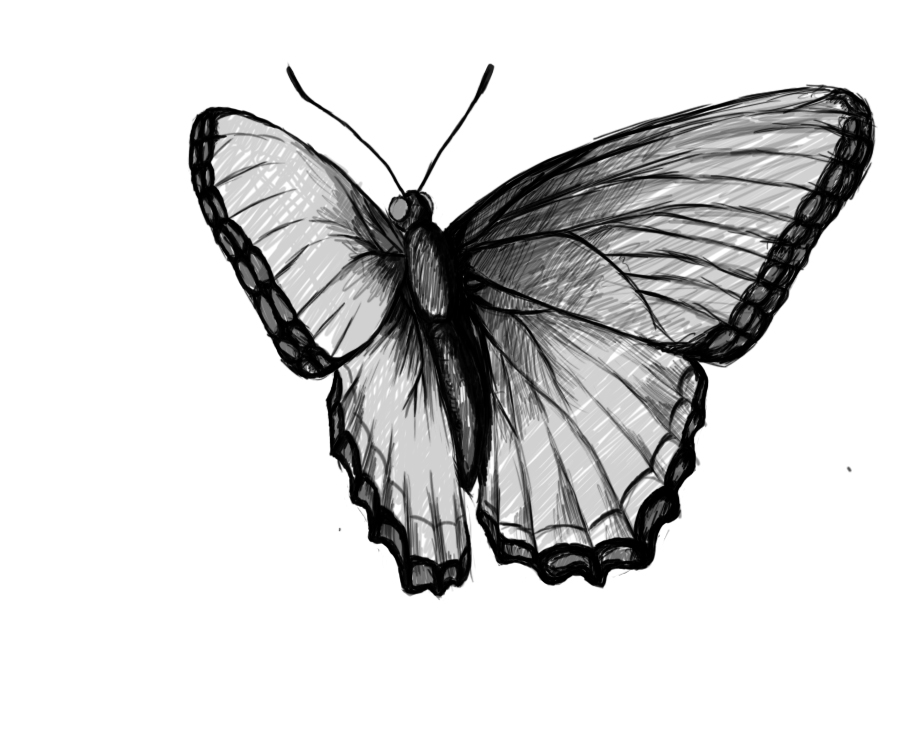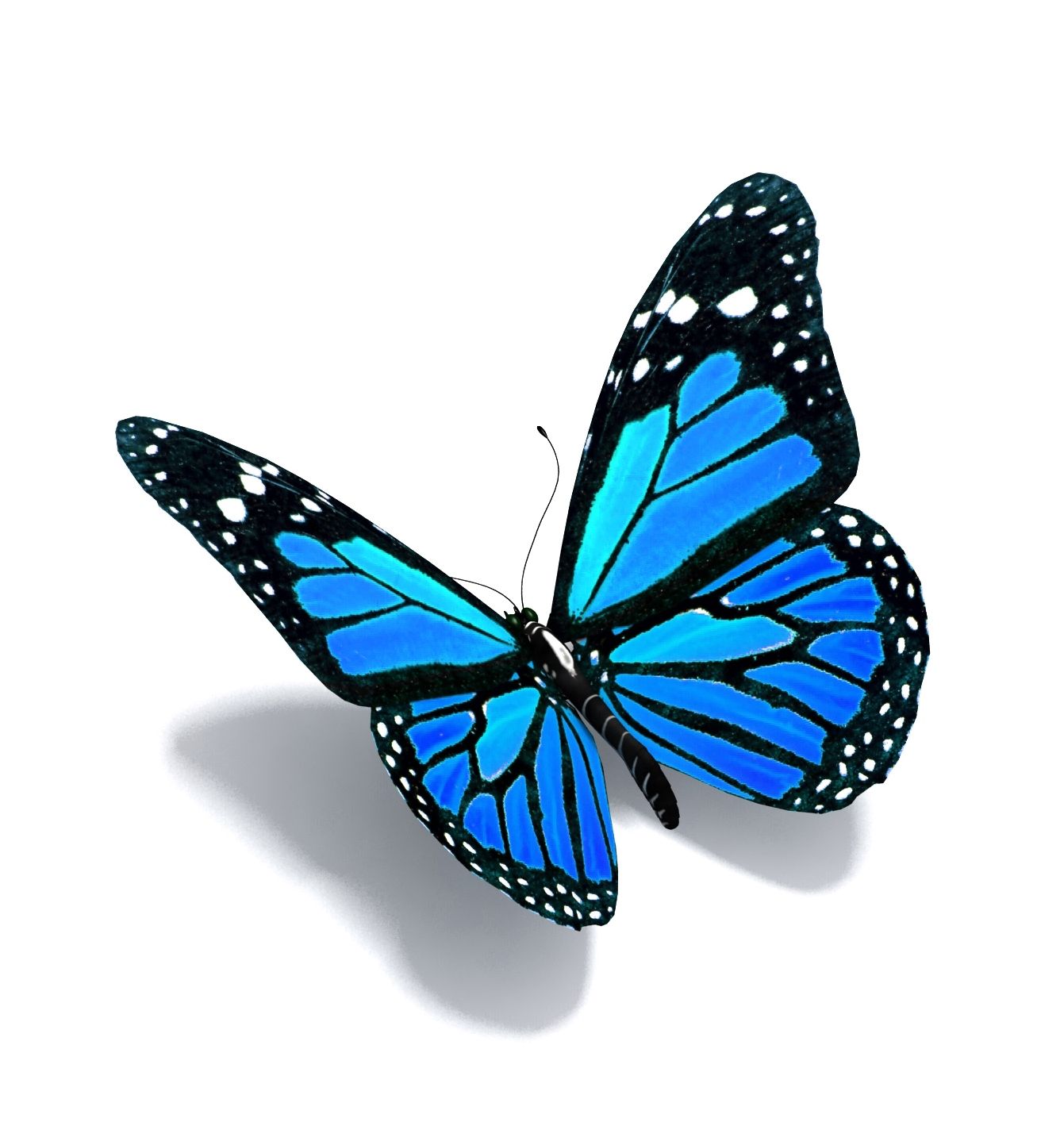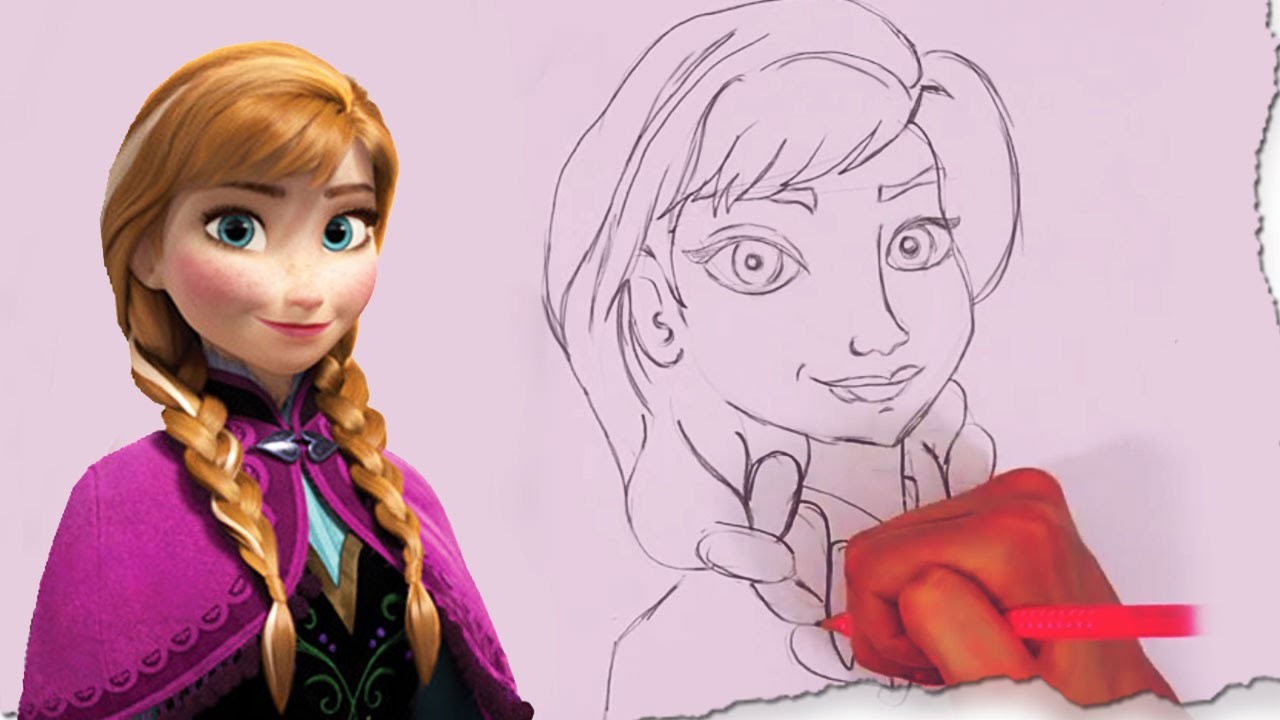Drawn butterfly simple realism
Table of Contents
Table of Contents
If you’ve ever wanted to learn how to draw a realistic butterfly, you’re not alone. Butterflies are one of the most beautiful insects in our world, and capturing their delicate wings and vibrant colors in a drawing is a skill that many artists aspire to master. In this blog post, we’ll share tips and tricks for drawing a realistic and stunning butterfly that will leave everyone in awe.
Pain points related to how to draw a realistic butterfly
Drawing a realistic butterfly can be challenging for many reasons. One of the main pain points is getting the wings just right, with all their intricate details and markings. Another challenge is capturing the natural flow and movement of the butterfly in flight, which requires skill in shading and perspective. This can be especially difficult if you’re new to the art of drawing butterflies, or if you’ve never drawn a realistic insect before.
How to draw a realistic butterfly
The first step in drawing a realistic butterfly is to study their anatomy and characteristics. Each butterfly species has unique wing shapes, patterns, and colors, so it’s important to do your research and find reference pictures to guide your drawing. Once you have your reference material, start sketching out the basic shape of the butterfly, paying attention to the proportions and angles of the wings and body. From there, you can start adding in details like the veins in the wings, the eye spots, and the antennae. Use a variety of shading techniques to create depth and dimension in your drawing, and don’t be afraid to experiment with different colors and textures.
Summary of main points
In summary, drawing a realistic butterfly requires attention to detail, patience, and practice. Start by studying the anatomy and characteristics of the species you want to draw, sketch out the basic shape and proportions, add in details like the veins and eye spots, and use shading techniques to create depth and dimension. With time and dedication, you can create stunning and lifelike drawings of these beautiful insects.
How to draw a realistic butterfly: Tips and tricks from a professional artist
As a professional artist who specializes in naturalistic drawings of animals and insects, I have had plenty of experience drawing butterflies. One of the most important tips I can offer is to use a light touch when drawing the wings, as it’s easy to create smudges or erase lines by accident. Another helpful technique is to use a grid method to ensure accurate proportions, especially if you’re working from a photograph or detailed reference image. And don’t be afraid to use a variety of tools and mediums, from pencils and colored pencils to watercolors and pastels, to create the perfect portrayal of your butterfly.
Mastering butterfly anatomy: What you need to know
When it comes to drawing a realistic butterfly, understanding their anatomy is key. One of the main features of a butterfly are their wings, which are composed of overlapping scales that create a mosaic-like effect. The veins in the wings provide structure and support, and the eye spots help to deter predators. The body of the butterfly is segmented, with a head, thorax, and abdomen, and is typically adorned with antennae, legs, and various appendages. Paying attention to these details can help you create a more accurate and lifelike drawing of a butterfly.
The importance of shading and texture
To make your butterfly drawing truly realistic, it’s important to use shading and texture to create depth and dimension. This can be achieved through a variety of techniques, such as cross-hatching, stippling, or using a blending tool to soften edges. Pay attention to the lighting in your reference image, and use highlights and shadows to create the illusion of three-dimensional form. Experiment with different pencils or brushes to create a range of textures, from the smoothness of the wings to the fuzzy texture of the body.
Drawing butterfly wings: Tips for capturing intricate details
One of the most challenging aspects of drawing a butterfly is capturing the intricate details of their wings. To make your butterfly wings more realistic, try to emphasize the veins that run through each wing. Pay attention to the shape and position of the veins, as they are what give the wings their structure and support. Use a light touch when sketching out the delicate patterns and markings on the wings, and pay attention to the symmetry and balance of the design. Keep a steady hand when adding in the final details, such as the eye spots and scales.
Personal experience with drawing a realistic butterfly
When I first started drawing butterflies, I found it challenging to capture the vibrant colors and intricate details of their wings. However, with practice and experimenting with different mediums, I was able to create lifelike drawings that showcased the beauty of these incredible insects. One of my favorite tips is to use a muted background or negative space to really make the butterfly stand out, and to pay attention to the natural elements surrounding the butterfly, such as flowers or leaves.
Question and Answer section
Q: What materials do I need to draw a realistic butterfly?
A: You can use any drawing materials you’re comfortable with, such as pencils, colored pencils, watercolors, or pastels. It’s important to have a range of tools to create different textures and effects.
Q: How can I make my butterfly drawing more lifelike?
A: Use shading and texture to create depth and dimension, pay attention to the details of the butterfly’s anatomy, and experiment with different color schemes and backgrounds to make your butterfly stand out.
Q: What is the best way to practice drawing realistic butterflies?
A: Start by studying the anatomy and characteristics of different butterfly species, and practice sketching out their basic shapes and proportions. Focus on capturing the unique details of each butterfly, such as the wing patterns and eye spots, and experiment with different shading and coloring techniques to make your drawing more lifelike.
Q: Can I draw a realistic butterfly without a reference image?
A: While it is possible to draw a butterfly from memory or imagination, having a reference image can help you capture the unique details and characteristics of each species, and create a more lifelike drawing.
Conclusion of how to draw a realistic butterfly
Drawing a realistic butterfly can be a challenging yet rewarding experience, allowing you to showcase the natural beauty and complexity of these amazing insects. By studying their anatomy, paying attention to details, and using shading and texture to create depth and dimension, you can create stunning drawings that capture the essence of these delicate creatures.
Gallery
Butterfly Drawing | 3D Drawing

Photo Credit by: bing.com / butterfly draw drawing realistic drawings pencil 3d butterflies simple sketch wings beautiful easy flying sketches central program ogoun cliparts tutorial
Realistic Butterfly Drawing At PaintingValley.com | Explore Collection

Photo Credit by: bing.com / butterfly drawing realistic butterflies drawings paintingvalley
Realistic Butterfly Drawing At GetDrawings | Free Download

Photo Credit by: bing.com / butterfly realistic drawing draw pencil sketch lapse butterflies things drawings line easy monarch simple circle getdrawings 3d painting disegno colorful
Drawn Butterfly Simple Realism - Pencil And In Color Drawn Butterfly

Photo Credit by: bing.com /
Realistic Butterfly Drawing At GetDrawings | Free Download

Photo Credit by: bing.com / butterfly drawing realistic draw getdrawings line





